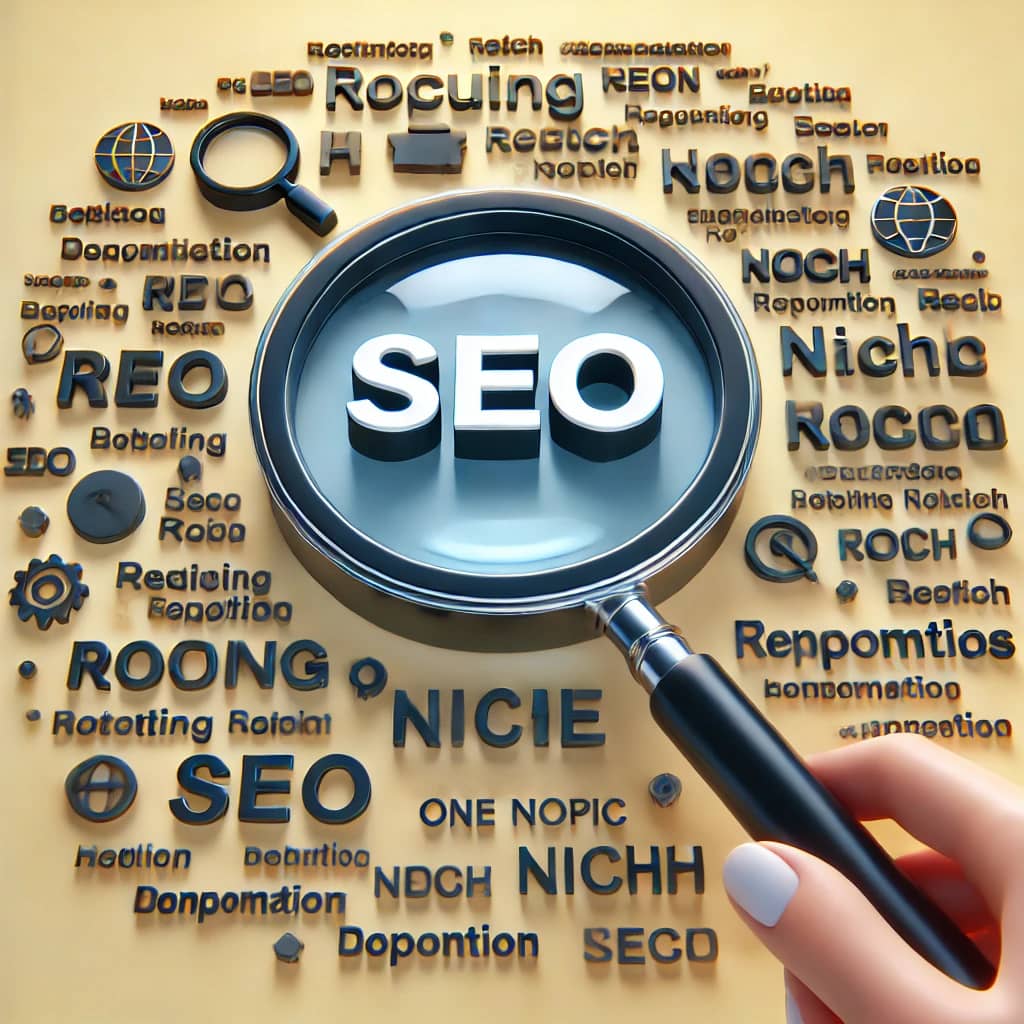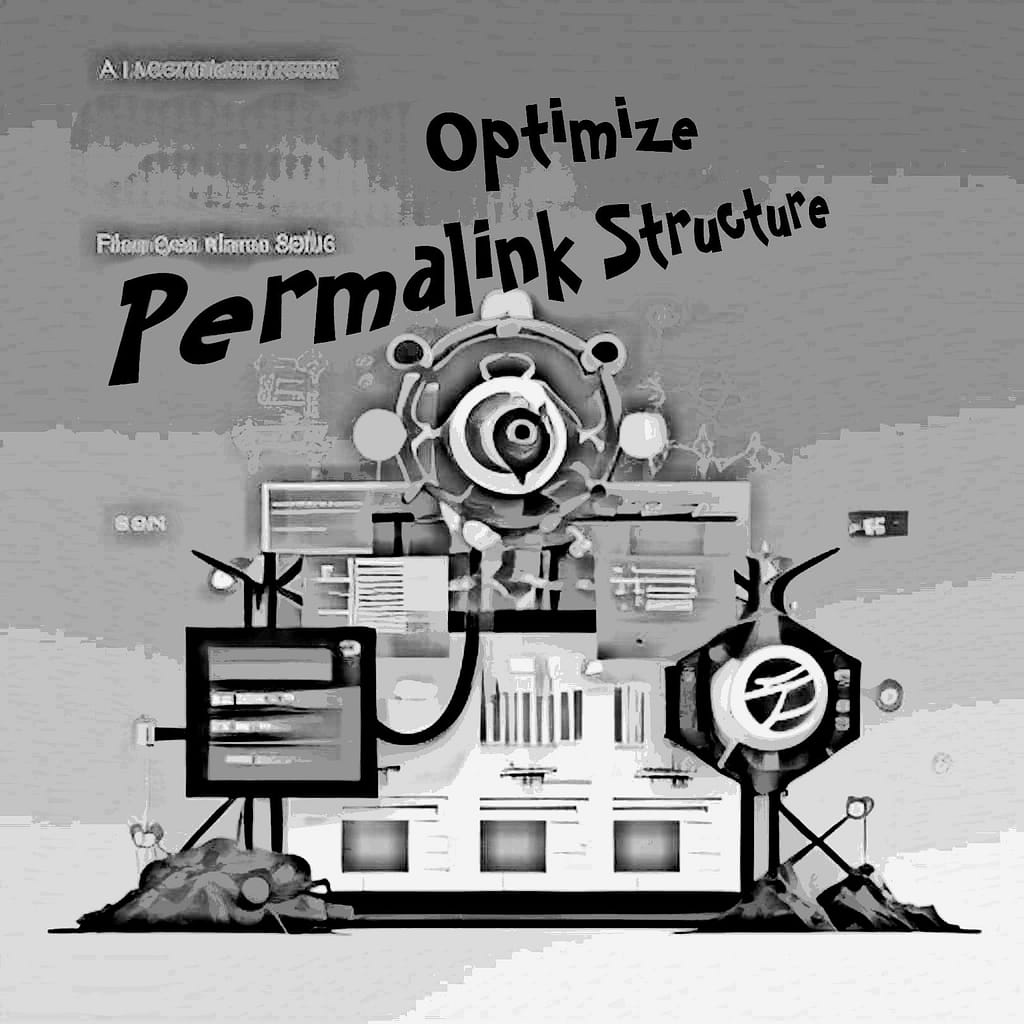
Design and Engagement
A homepage acts as the gateway to your online presence. It’s where visitors get their first impression of your brand, and as we all know, first impressions matter. Creating a high-impact homepage is essential for converting casual browsers into loyal customers.
The homepage isn’t just about looking good. It needs to function effectively, guiding users smoothly to the information or services they need. Imagine walking into a store and being unable to find what you’re looking for; you’d probably leave. The same principle applies here, so structuring your homepage thoughtfully is non-negotiable.
Before diving into specific design tips, let’s cover a few basics that lay the foundation for an engaging homepage. It’s about balancing aesthetics with usability, ensuring fast load times, and making navigation intuitive.
An engaging homepage should answer three main questions within seconds: What is this site about? What can I do here? Why should I stay? If your homepage addresses these questions effectively, you’re on the right track. We’ll break down these elements and more in the sections that follow, so stick with me.
Clarify Your Value Proposition
A strong value proposition is the bedrock of a compelling homepage. It’s the core message that tells your visitors why they should choose your business over others. This needs to be visible and understandable almost instantaneously.
First, pinpoint what makes your business unique. Is it your exceptional customer service, innovative products, or unbeatable prices? Whatever it is, articulate it clearly and concisely. Avoid jargon and fluff; real clarity is your friend here.
Next, position this message prominently. Typically, placing it above the fold ensures that visitors see it without having to scroll. This area is prime real estate for capturing attention quickly.
In addition, make your value proposition engaging and relatable. Use a conversational tone that speaks directly to your audience’s needs and pain points. This helps in building a connection right from the get-go.
Finally, don’t shy away from using supporting elements like visuals or icons to reinforce your value proposition. An engaging image or an eye-catching icon can make your message more memorable and impactful.

Leverage Visual Hierarchy
Visual hierarchy is the arrangement of elements in a way that guides the user’s eyes toward the most important information first. This technique is vital for creating an engaging homepage because it directs visitors to key messages and actions quickly and efficiently.
Start with size—bigger elements naturally draw attention first. Use larger fonts for headlines and key points, ensuring they stand out. The use of contrasting colors is another effective way to highlight critical sections like Call-to-Action (CTA) buttons. Bold colors or high contrast between text and background can make these elements pop.
Next, think about placement. Key information should be placed where the eye naturally travels—typically from left to right and top to bottom. Position your primary CTAs, value propositions, and essential images in these prime areas to catch attention immediately.
Whitespace, or negative space, is equally crucial. It gives breathing room to your content, making it easier to digest. A cluttered homepage can overwhelm visitors and drive them away. Strategic use of whitespace helps create a clean, uncluttered look that enhances readability and focus.
Remember to balance aesthetics with functionality. It’s tempting to add flashy graphics and animations, but they shouldn’t distract from the main goal, which is to guide the visitor toward taking action—whether it’s signing up, purchasing, or exploring further. The end game is to create a seamless and pleasing experience that nudges users toward conversion.

Optimize for Usability and Speed
User patience is notoriously limited online. If your homepage is slow or hard to navigate, visitors are likely to bounce quicker than you can say ‘loading screen.’ Prioritizing usability and speed is essential.
Start with the basics—ensure your website loads swiftly. Large images or bloated code can bog down load times. Tools like Google PageSpeed Insights can help identify what’s slowing your site down and provide actionable fixes.
Next, consider the structure of your navigation. It should be intuitive and straightforward. Users shouldn’t have to think too much about where to click next. Keep menus clear and concise, and try to limit the number of options to avoid overwhelming visitors.
Mobile optimization is no longer optional. With a significant chunk of web traffic coming from mobile devices, ensure your homepage looks great and functions well on smaller screens. Responsive design elements that adapt to various screen sizes are crucial. Double-check touch functionality because what works with a mouse may not be as user-friendly with fingers on a screen.
Also, think about readability. Choose fonts that are easy to read and ensure there’s enough contrast between text and background. Break content into chunks with headers and subheaders, and use bullet points or lists for easier skimming. Your goal is to make consuming information as effortless as possible.
Lastly, continually test your site’s usability. Gather user feedback, run usability tests, and keep an eye on analytics to understand how visitors interact with your homepage. Regular tweaks and updates, based on this feedback, will keep your site running smoothly and engaging.

Incorporate Engaging Media
Visual content can be a game-changer for your homepage. High-quality images, videos, and interactive elements can grab and keep your visitor’s attention better than text alone.
Start with images. Use professional-quality photos that are relevant to your content and audience. Stock photos can work, but unique images will always have a stronger impact. Be mindful of the file sizes to not impact your site speed negatively.
Videos are another powerful tool. They can explain complex ideas quickly and engagingly. A short, well-produced video can tell your brand story, showcase your products, or offer tutorials. Ensure videos autoplay without sound to avoid annoying visitors and always provide controls to pause or mute them.
Interactive elements, such as sliders or clickable infographics, can also boost engagement. However, use these sparingly and purposefully. Overloading your homepage with too many interactive features can be as off-putting as having none at all.
Balance is critical. While engaging media can enhance your homepage, prioritizing functionality and speed is always paramount. A visually appealing homepage that loads slowly or is hard to navigate can drive users away just as quickly.
Incorporating media effectively requires a balance between aesthetics and performance. Regularly test different media types to see what resonates best with your audience. Remember, the goal is to create a memorable yet efficient user experience.

Craft Compelling Copy
Your homepage copy should captivate and communicate. Start by employing storytelling techniques that speak directly to your audience’s experiences and aspirations. It’s about connecting on an emotional level to make your brand memorable.
Keep your language clear and concise. Avoid jargon and overly technical terms; aim for simplicity and clarity. Each sentence should add value, guiding your users to understand your message without effort.
Use a conversational tone to make your copy relatable. Think of it as a dialogue with your visitors instead of a monologue. A warm, inviting tone helps build a connection and encourages users to stay and explore.
Incorporate powerful calls-to-action (CTAs). Your copy should not only inform but also drive action. Phrases like ‘Discover More’, ‘Get Started’, or ‘Join Now’ can effectively prompt visitors to take the next step. Make these CTAs visible and enticing to maximize their impact.
Regularly revise and test your copy. What works today might not work tomorrow. A/B testing different headlines, primary messages, and CTAs can provide insights into what resonates most with your audience. Always be ready to update your content based on data-driven insights.
Ultimately, your copy should resonate with your audience, reflect your brand’s personality, and guide visitors toward a desired action. A thoughtful, well-crafted copy can significantly enhance the user experience on your homepage.

Facilitate Trust Through Design
Building trust is crucial for converting visitors into customers. Your homepage design plays a massive role in establishing this credibility.
Start with transparency. Clearly display contact information, including phone numbers, email addresses, and physical addresses if applicable. Being easily reachable can reassure visitors you’re legitimate and approachable.
Next, showcase testimonials and reviews prominently. Real feedback from satisfied customers can significantly influence new visitors. Incorporating these elements as quotes or video testimonials adds authenticity.
Highlight any endorsements or partnerships. Logos of well-known affiliations, certifications, or industry partnerships can serve as trust badges, signaling reliability and professionalism.
Additionally, ensure that your website’s security features are visible. Displaying security badges like SSL certificates, privacy policies, and secure payment icons can reinforce the safety and trustworthiness of your site.
Design consistency is another vital factor. A cohesive design with unified colors, fonts, and styles reflects a polished, professional image. Avoid jarring transitions or glaring discrepancies in different sections of your site.
Finally, keep your content up-to-date. Regularly refresh images, testimonials, and other dynamic content to show that your business is active and engaged. Stale or outdated content can erode trust and give an impression of neglect.

Utilize SEO to Drive Organic Traffic
Effective search engine optimization (SEO) strategies can increase visibility and drive organic traffic to your homepage. It’s about making your content accessible and appealing to both users and search engines.
Start with keyword research. Identify the terms and phrases your target audience searches for and incorporate them naturally into your homepage content. Avoid keyword stuffing, as it can negatively affect readability and search rankings.
Optimize meta tags and descriptions. These elements help search engines understand your content and display relevant information in search results. Ensure they’re concise, accurate, and compelling to encourage clicks.
Improve your website’s technical SEO. This includes optimizing site speed, ensuring mobile-friendliness, and creating a clear site structure. All these factors contribute to better search engine rankings.
Utilize internal linking strategies. Linking to other relevant pages within your site can help search engines crawl and index your site more effectively. It also keeps visitors engaged by guiding them to additional valuable content.
Ensure your media is optimized for SEO. Use descriptive file names and include alt text for images to enhance accessibility and help search engines understand your visual content.
Finally, create high-quality, original content. Search engines favor content that provides real value to users. Regularly update your homepage with fresh, relevant information to keep it engaging and SEO-friendly.

Test, Analyze, and Refine
Creating an engaging homepage isn’t a one-time task. It requires continual testing, analyzing, and refining. Regularly monitoring how visitors interact with your homepage provides invaluable insights for ongoing improvements.
Start with A/B testing. This involves comparing two versions of a webpage to see which one performs better. Test different headlines, CTAs, images, or layouts to identify what resonates most with your audience.
Analyze visitor behavior using tools like Google Analytics or heatmaps. These tools show how users navigate your site, where they click, and how far they scroll. Understanding these behaviors helps identify areas that need attention or enhancement.
Pay close attention to user feedback. Whether through direct comments, surveys, or usability tests, real user opinions are gold. They offer perspectives you might not have considered and can highlight pain points or areas for improvement.
Stay adaptable. The digital landscape is always evolving, and what works today might not be effective tomorrow. Regular reviews and updates ensure your homepage stays relevant and continues to meet user needs.
Your homepage is the face of your online presence. Consistent monitoring and willingness to adapt will keep it fresh, engaging, and aligned with your business goals.
To your succes!

Invest in your future & learn
Learn affiliate marketing & build your Heads up! If you’re looking to join Wealthy Affiliate, make sure you sign up using my referral link to get access to my personal coaching and all WA features.”






